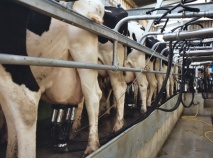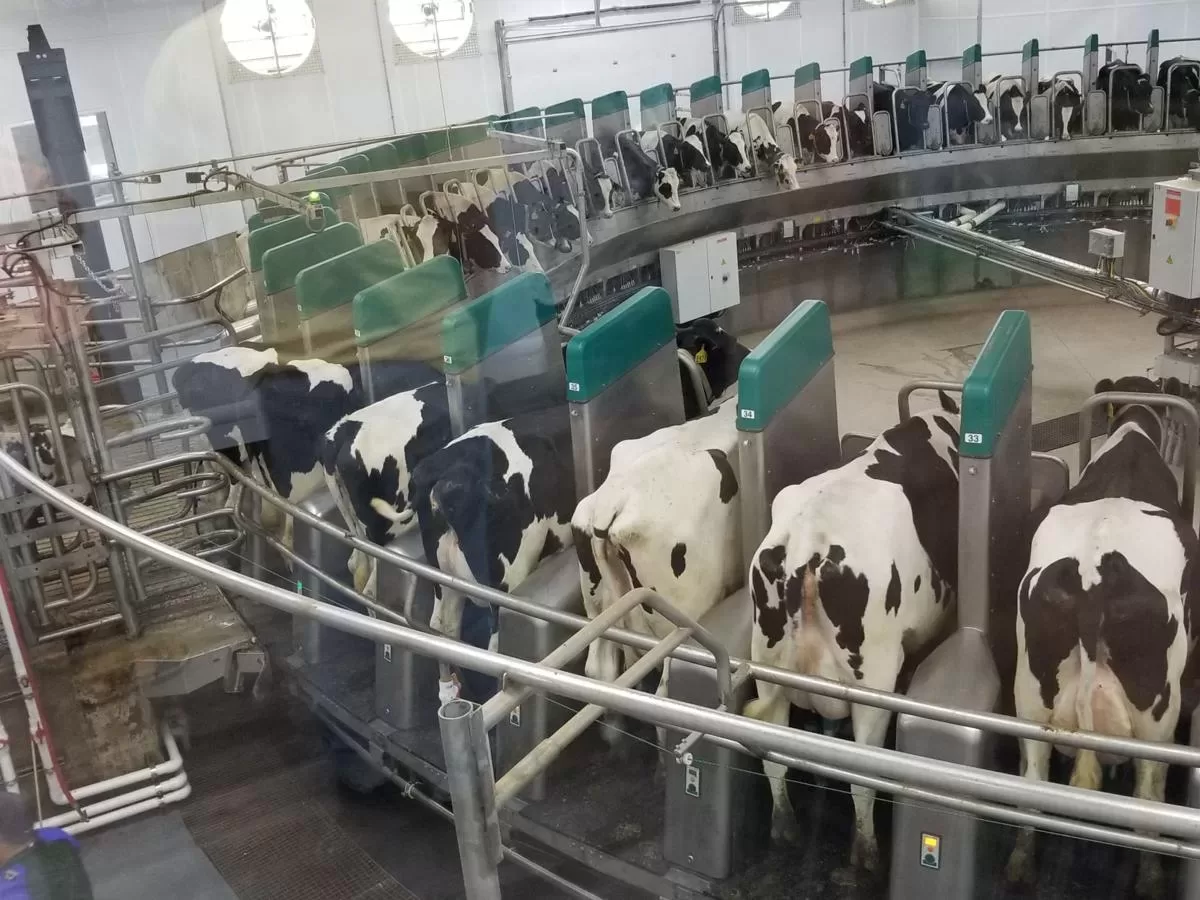Last month the H-2A improvement act was introduced into United States Legislation by Senators Patrick Leahy (D-VT), Kirsten Gillibrand (D-NY), and Charles Schumer (D-NY). The bill would include the dairy industry under the current H-2A visa program that gives legal authorization to immigrants employed for seasonal work in the fruits and vegetable industry. This comes after a study by the National Milk Producers Federation (NMPF) found that 41% of employment on American dairy farms was held by foreign workers. The NMPF warned that tighter immigration control would subsequently cripple the nation’s dairy industry and lead to skyrocketing prices in grocery stores. The H-2A adjustment would be a herald of victory for producer groups like the NMPF, American Farm Bureau and Dairy Farmers of America, of all of which have used the media to press for the legislation in the name of the American Farmer.
But are all farmers being named?

Chad Dechow, Associate Professor at Penn State, points out a fatal partiality in the NMPF Study. In the NMPF’s own words:
Farms with less than 50 cows were excluded from analysis because even though these smaller farms account for 46.8 percent of all U.S. dairy farms, they represent only 7.4 percent of milking cows and 6.7 percent of milk production. Further, farms with less than 50 cows rarely utilize hired labor. The inclusion of the smaller farms that did not use hired labor would, therefore, bias the results.
The figures produced by the NMPF are highly publicized in the push for the H-2A amendment, found in nearly every press release in which the dairy industry cross references with immigration debates. Lost in this in distorted image of the dairy industry is not only the 46.8% of farms ignored by the study, but the majority of other family farms, larger than 50 cows, which do not employ illegal immigrants.
Dechow believes that “Most damning is the NMPF’s assertion that the loss of immigrant laborers will drive up consumer costs because of a reduction in the national milk supply when they are attempting to do that very thing through management of a program called Cooperatives Working Together (CWT).” Supply management has been slowly introduced to the United States Dairy Industry, both through the CWT and policy proposals tendered by the Holstein Association and other groups. While the CWT has achieved arguably little success and milk quotas are vehemently opposed by deregulationists, a question not asked is if the nation’s supply can be reduced and farmgate prices raised by tightening the borders?
Perhaps the only revelation that can be trusted from the NMPF study is the lack of regard producer organisations have for their smaller members. Of the American farms that went out of business last year, 91% had less than 100 cows. Not only is it becoming increasingly difficult for family farms to survive the push towards economies of scale, it’s becoming harder to find anyone that cares. NMPF, American Farm Bureau, and Dairy Farmers of America- the producer bodies that represents their needs to the government- no longer represents them. The benefits of family agriculture have been long determined in terms of social capital, rural development, and environmental protection, but they are not being protected. Even most dairy publications assume only an audience of large farms and provide material accordingly, suggesting that the small farmer is all but a forgone conclusion. The immigration dialogue shows little signs of reaching a conclusion any time soon, but it appears it will continue to go on without input from the family farmer.

